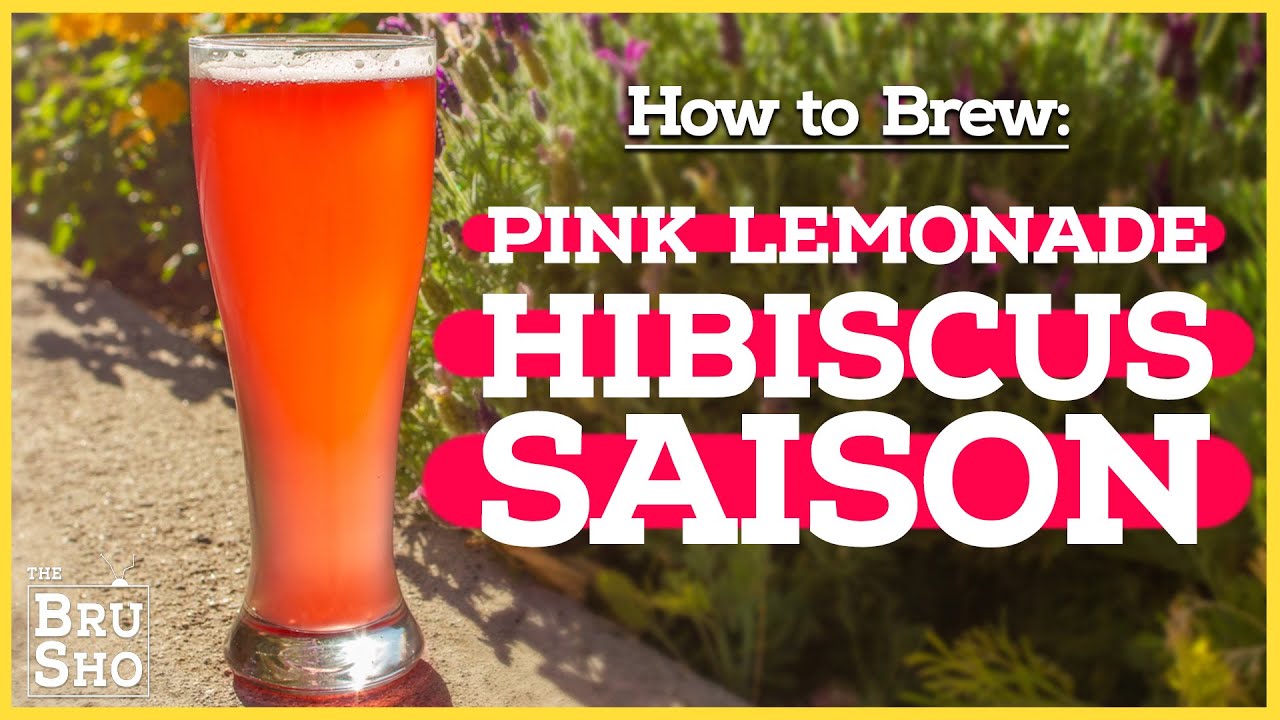
The tradition of bringing home beer from the local pub has a long history, with patrons commonly carrying tin pails, pitchers, and jars to fill with beer. Fortyįorties have always been the most popular choice for breweries selling large quantities of cheap beer.īy the 90s, forties of malt liquor were becoming increasingly more popular at gas stations and convenience stores leading this bottle size to feature in the work of Notorious B.I.G., 8-Ball, and other influential artists. In Mexican slang, these bottles are sometimes referred to as caguamas (sea turtles) or ballenas (whales), depending on the region. bottles became a popular choice for selling large quantities of beer all at once. While there is a rich variety in the styles and sizes of beer produced by Mexican breweries, 32 oz. Caguama/Ballenaįollowing Mexico’s war of independence, German immigrants brought a strong beer culture to the local market. Slightly larger large-format lager bottles are also commonly filled with barrel-aged beers and topped with a champagne cage. While the popularity bombers once enjoyed has waned with the growth of canning practices, Bombers are still occasionally used for limited release or barrel-aged beers. These bottles were originally used to sell cheap beer in higher volumes, not unlike modern forties. capacity, Bombers helped launch a number of small brewpubs to success. Bombers and large format bottlesĪlso known as a twenty-two in honor of its 22 oz. For example, Belgian bottles, British Bottles, and the Pijpje used in the Netherlands are all long-necked bottles of various volumes. containers, a number of alternatives have been used throughout the world. While longneck bottles in the US are almost always 12 oz. bottles as a standard serving size, favoring long necks to provide ease of bottling and a pleasant drinking experience.

longneck bottle is the industry standard throughout North America and is a common choice throughout the world.Īfter the repeal of prohibition in the United States, manufacturers gravitated towards 12 oz. While longneck bottles have a secure place as the standard beer bottle, the iconic stubby is often used for limited runs when breweries want to evoke the nostalgia of beers past. When compared to modern longneck bottles, stubbies could be washed and reused an average of 4 more times, for a total of 20 brews per bottle. bottles were popular because of their strength and reusability. Sometimes called “Steinies” in honor of German beer steins, these short 12 oz. StubbyĪn industry-standard in the US, Canada, and Australia up until the 80s, Stubbies have since largely disappeared from shelves. Rolling Rock and Miller Lite both bottle so-called Ponies, while Corona sells a line of half-sized Coronitas.

While small bottles have been largely abandoned by the industry for the purpose of heavy beer, the legacy of nip bottles has given rise to nip cans and a number of small bottles embraced by the world of light beer. These half-serving beers were pioneered by Anchor Old Foghorn as a way to cater to customers who wanted to try heavier beers like barleywine without the commitment of drinking a whole bottle. If you’ve only purchased your beer at the grocery store, you may not realize what a wide range of bottle sizes are available.Ī common sight in the 90s, nips have since fallen out of fashion in the world of beer bottles. Sizes of popular beer bottles and cans Beer bottle sizes and types Takeaway containers for freshly brewed beer Standard can size in North America, China, and The size (in ounces) of every kind of beer bottle or can Beer Size

The size (in ounces) of every kind of beer bottle or can.


 0 kommentar(er)
0 kommentar(er)
